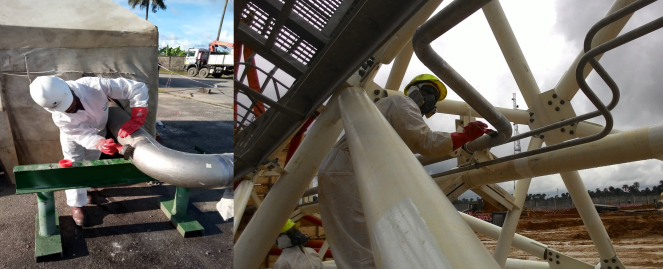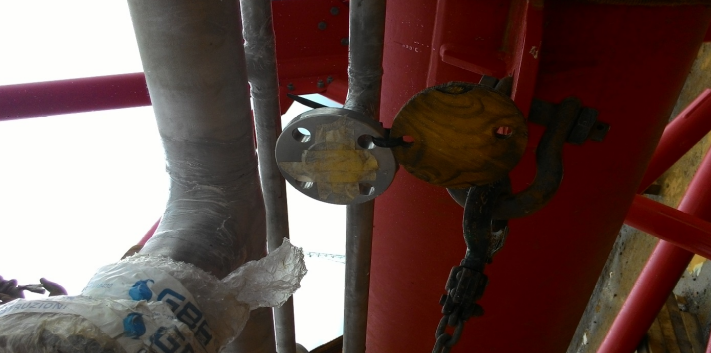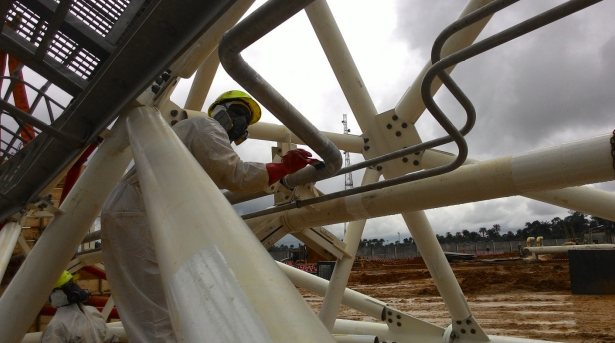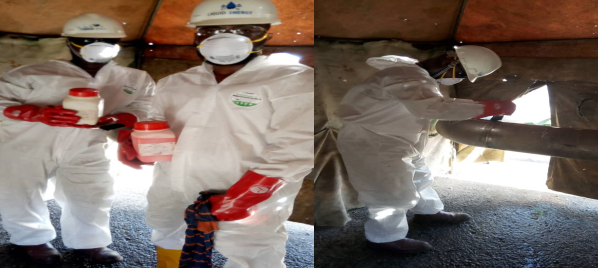Passivation And Pickling Of Stainless Steel

Liquid Energy Global Services Limited , is one of the leading services companies in port Harcourt Nigeria . Our company is very proficient in all Oil and Gas services , be it maintenance and new construction . Notable among all these services is the treatment of Stainless Steel , a process called passivation and pickling of stainless steel .
Both pickling and passivation are chemical treatments applied to the surface of stainless steel to remove contaminants and assist the formation of a continuous chromium-oxide, passive film. Pickling and passivation are both acid treatments and neither will remove grease or oil.
APPLICATION OF PICKLING PAST ON THE WELDED JOINTS

APPLICATION OF PICKLING PAST ONGOING ON THE WELDED JOINTS

What Is The Difference Between Pickling & Passivation
- Passivation, as the term implies, makes the stainless steel “passive” to corrosion which means building up oxide layer on the surface of the metals. On the other hand, Pickling removes the oxide layers to clean the surface of the metals of any metallic residues.
- Passivation accelerates the formation of the oxide layer of stainless steel surface that gives its corrosion resistant qualities while Pickling is best suitable for metals that exhibit existing oxides, heat tint, and weld discoloration. Moreover, for the pickling to be effective, the metal should be clean first and should be free of greases and oils.
- The acids used in passivation is either citric acid or nitric acid. The chemical solutions in pickling are much aggressive than the acids used in passivation of stainless steel. In pickling, it uses the mixtures of hydrofluoric and nitric acids.
- The process of Pickling leaves greater changes on the metal surface. Pickling can remove rust from the surface, and the discoloration made after welding the metal. In Passivation, it does not typically go below the surface of the metal. It does not also change the properties of the metal.
- Passivation is a cleaning operation if further fabrication of the metal is needed after the pickling process contaminated the surface of the metal. It is a more subtle process than pickling. There are circumstances that the two processes can be done sequentially, not simultaneously. It is during the treatments made in stainless steels involving nitric acids.
- No metal is removed from the surface when doing acid-based passivation. In pickling, it removed a thin layer of metal from the surface during the process.
- Passivation only removes free iron contamination from the stainless steel surface. Pickling, on the other hand, removes surface iron contamination, heat tint and weld scale. After Pickling, it will produce a dull matt uniform grey finish on the metal that is the effect of chemical micro-etching.
What Are The Advantages Of Pickling & Passivation
- They both remove impurities on the metals that are left after manufactured or welding .
- Both processes protect the metals from pollutants that can damage it and cause rusting in the future.
- The stainless steel increases its durability after undergoing passivation and pickling.
- After the process, it leaves the metal with a smooth surface, even finish and particle-free surface.
APPLICATION OF PASSIVASION SOLUTION ON THE WELDED JOINTS











